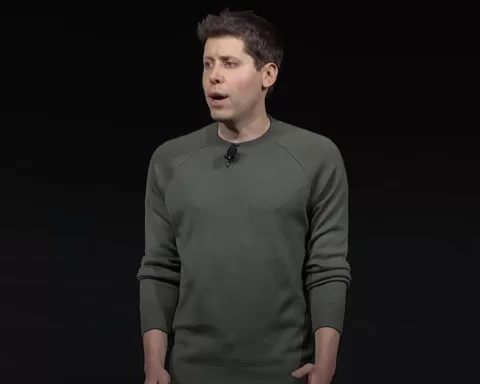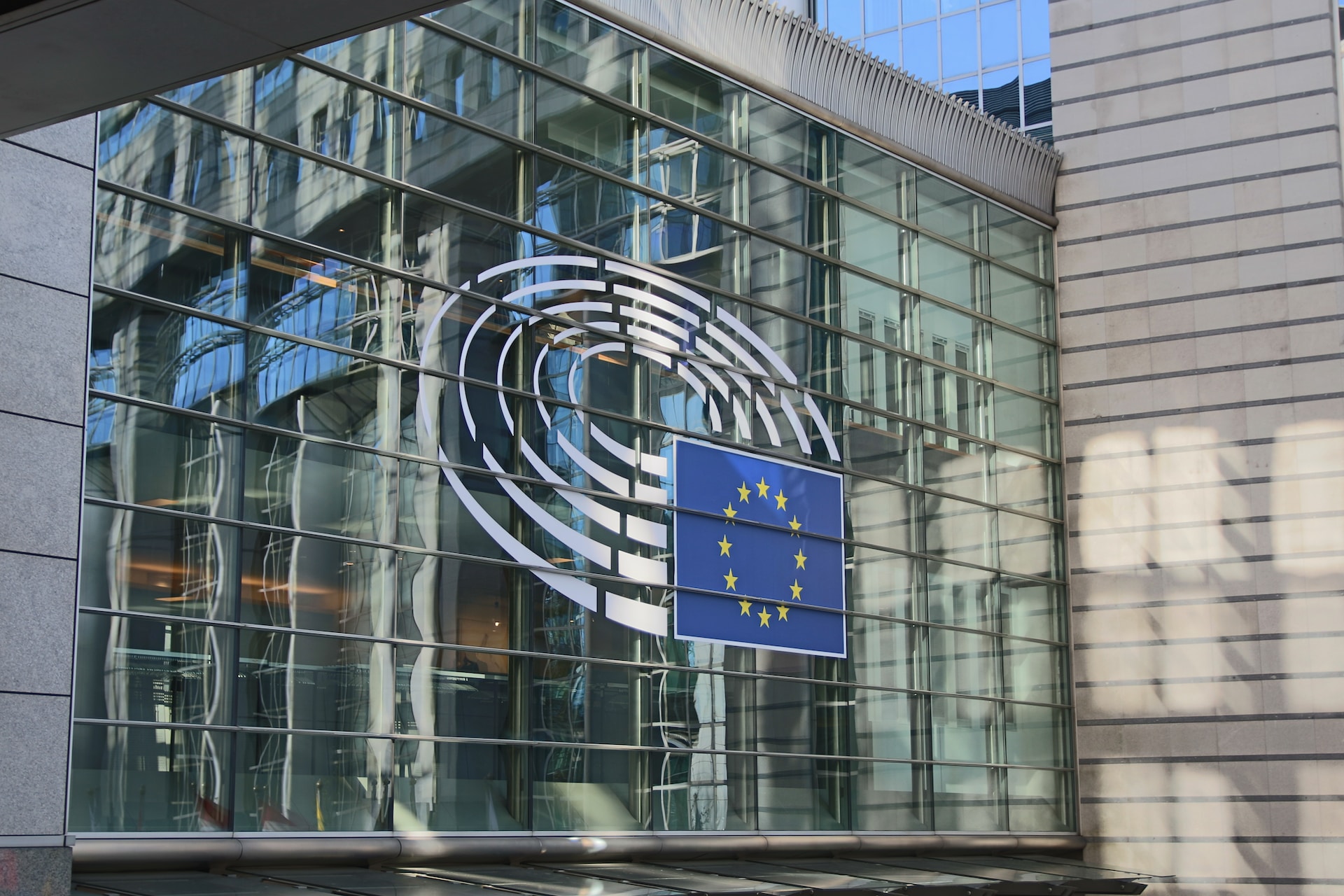Google Shopping is dramatically enhancing the online shopping experience with the introduction of a virtual try-on (VTO) feature for apparel, according to a blog post by Ira Kemelmacher-Shlizerman, Senior Staff Research Scientist at Google Shopping. The feature, powered by a new generative AI model, allows users to see how clothes look on real models of varying body shapes and sizes, providing a realistic portrayal of how garments drape, fold, cling, stretch, and wrinkle.
The AI model behind this feature is a significant advancement from previous techniques used for VTO, which often resulted in images that lacked realism and had visual defects. Google’s new diffusion-based AI model generates every pixel of a garment from scratch to produce high-quality, realistic images.
The model works by using a process called diffusion, which involves gradually adding extra pixels to an image until it becomes unrecognizable, and then removing the noise completely until the original image is reconstructed in perfect quality. The model uses a pair of images as input during diffusion: one of a garment and another of a person. Each image is sent to its own neural network and shares information with each other in a process called “cross-attention” to generate the output: a photorealistic image of the person wearing the garment.

To train the AI model, Google utilized its Shopping Graph, a comprehensive dataset of the latest products, sellers, brands, reviews, and inventory. The model was trained using many pairs of images, each including a person wearing a garment in two different poses. The AI model learns to match the shape of the garment in one pose with the person in the other pose, and vice versa, until it can generate realistic images of the garment on that person from all angles.
The virtual try-on feature is now available in the U.S. for women’s tops from brands across Google’s Shopping Graph, including Anthropologie, LOFT, H&M, and Everlane. Over time, the tool is expected to become even more precise and expand to more brands. This move by Google represents a significant step in enhancing the online shopping experience and could potentially give the tech giant a competitive edge in the e-commerce space.
Featured Image Credit: Photo by “Firmbee.com” via Unsplash





